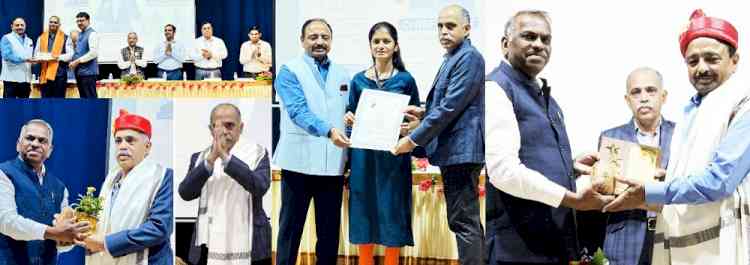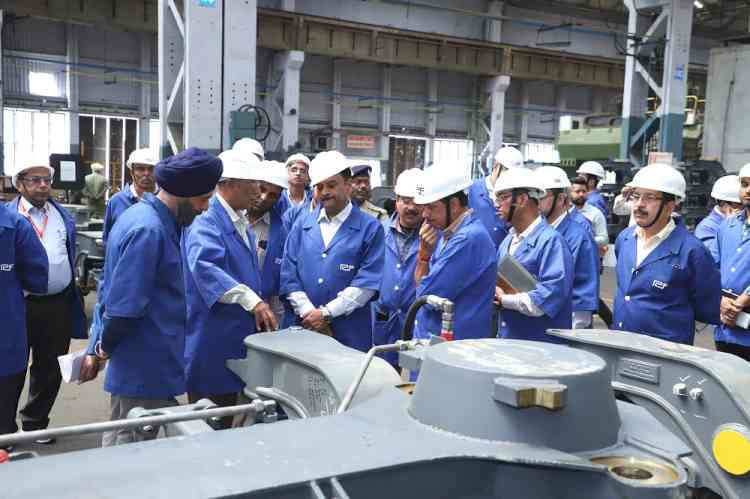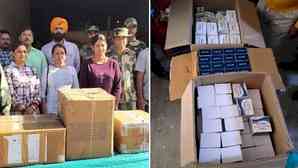Live Phaco Workshop organised at DMCH
Author(s): City Air NewsLudhiana, September 17, 2012: Department of Ophthalmology, DMCH yesterday organised the Live Phaco Workshop in association with Ludhiana Ophthalmological Society (LOS) in Eye/VRS OT of the hospital. The workshop...

Ludhiana, September 17, 2012: Department of Ophthalmology, DMCH yesterday organised the Live Phaco Workshop in association with Ludhiana Ophthalmological Society (LOS) in Eye/VRS OT of the hospital.
The workshop was inaugurated by Secretary of DMCH Managing Society-Sh Prem Kumar Gupta along with Principal Dr Daljit Singh, Dean Academics Dr Rajoo Singh Chhina, Medical Supdt. Dr Ashwani Chaudhary, Prof & Head of Ophthalmology-Dr GS Bajwa, President, LOS- Dr JM Singh, Chairman and Workshop Co-oridnator Dr Rajinder Singh
According to Prof & Head of Ophthalmology -Dr GS Bajwa, the purpose of organizing the workshop was to enhance the practical skills of ophthalmologists in the art of phacoemulsification.
The scientific sessions, during the workshop, covered surgical techniques in various clinical situations of phacoemulsification surgery, aided by live surgical demonstration by Dr KPS Malik (Past President of All India Ophthalmological Society), Dr Ravi Kumar from Chennai, Dr Gagandeep from Chandigarh, Dr A Jain from New Delhi and Dr Rohit Omprakash from Amritsar.
Giving further details, Dr Bajwa informed that Phacoemulsification has gained popularity in recent years, and is now the preferred form of cataract removal. Although this procedure has been now available for a long time, recent advances and refinements in machine and microsurgical instruments have made it safer and more effective than previously.
The technique of phacoemulsification utilizes a small incision. The tip of the instrument is introduced into the eye through this small incision. Localized high frequency waves are generated through this tip to break the cataract into very minute fragments and pieces, which are then removed out through the same tip in a controlled manner. Afterwards, artificial lens is placed in the eye.
Earlier, in a conventional surgery, the incision required was larger (around 10-12 mm) and also required stitches for closing. This larger incision would normally take 6-8 weeks to heal.
Essentially all the advantages of phacoemulsification are because of small incision, which is self-sealing. The wound is more stable and the chances of wound complications are minimised. The patients can resume their normal activity faster as compared to conventional extracapsular surgery. The wound healing is faster and more predictable, and therefore glasses can be prescribed much earlier as compared to the conventional surgery. The patient requires less follow up visits for checkups. As the incision is small and in many cases stitches are not required, the cornea does not get distorted and therefore the chances of significant astigmatism is minimized.

 cityairnews
cityairnews 

















